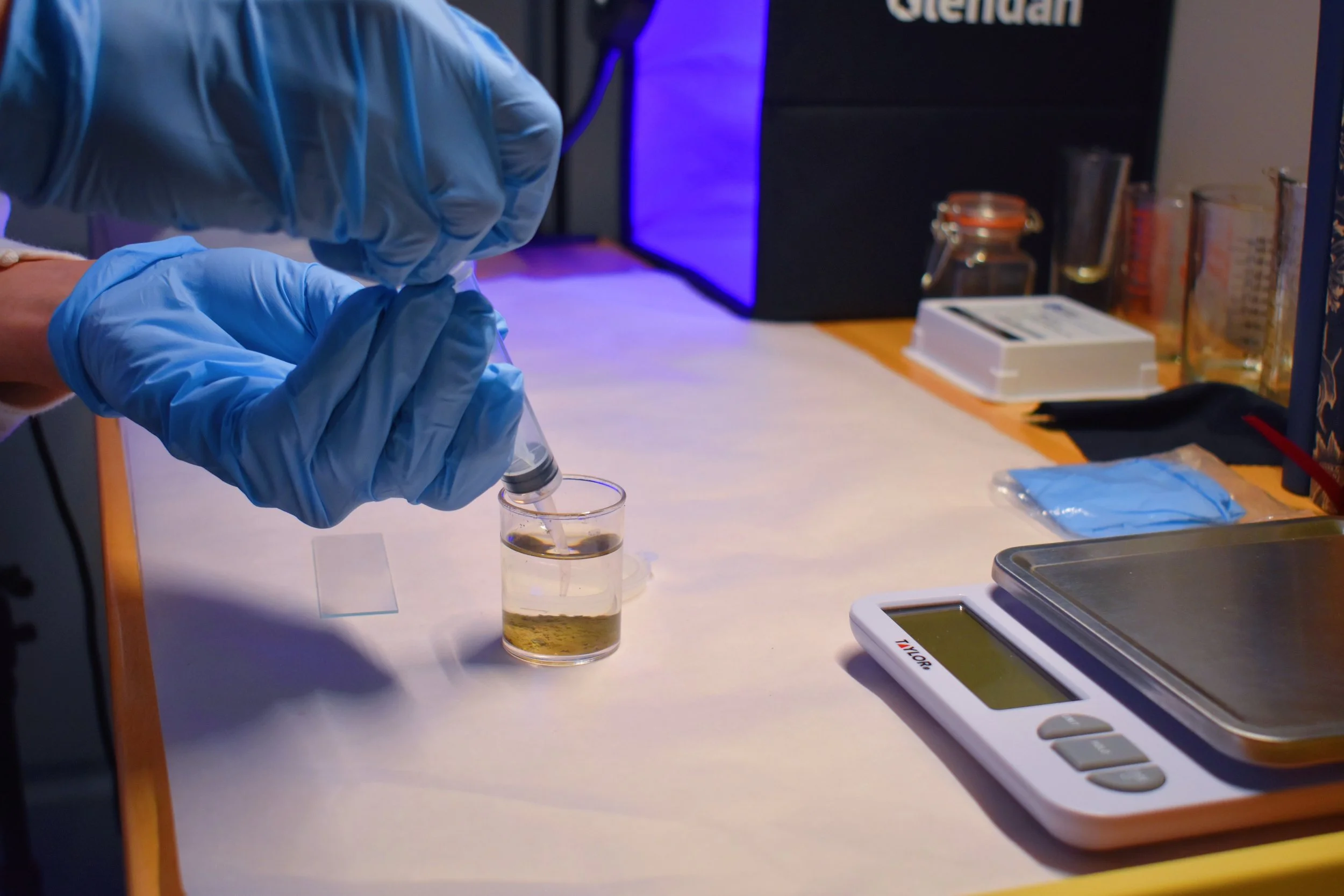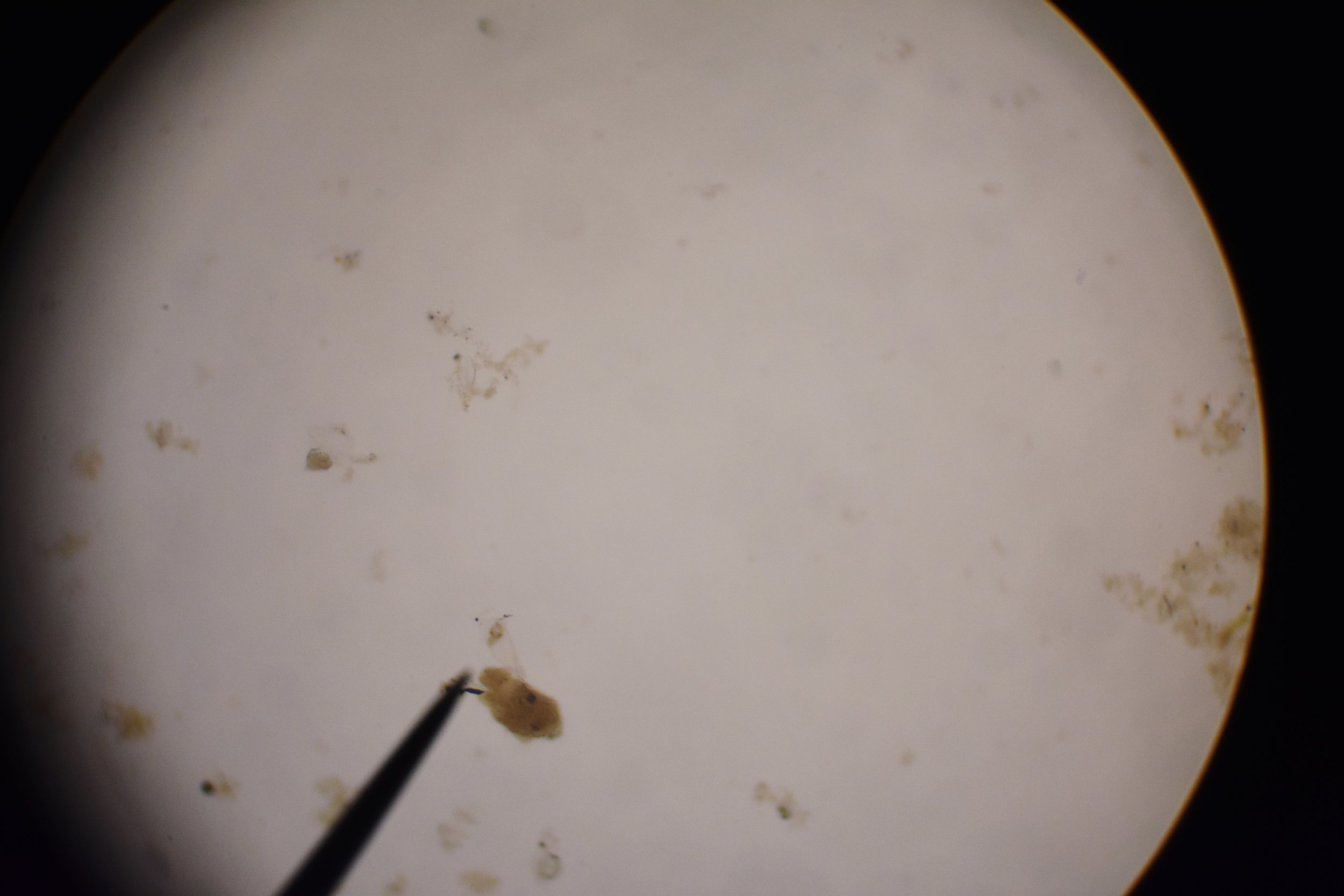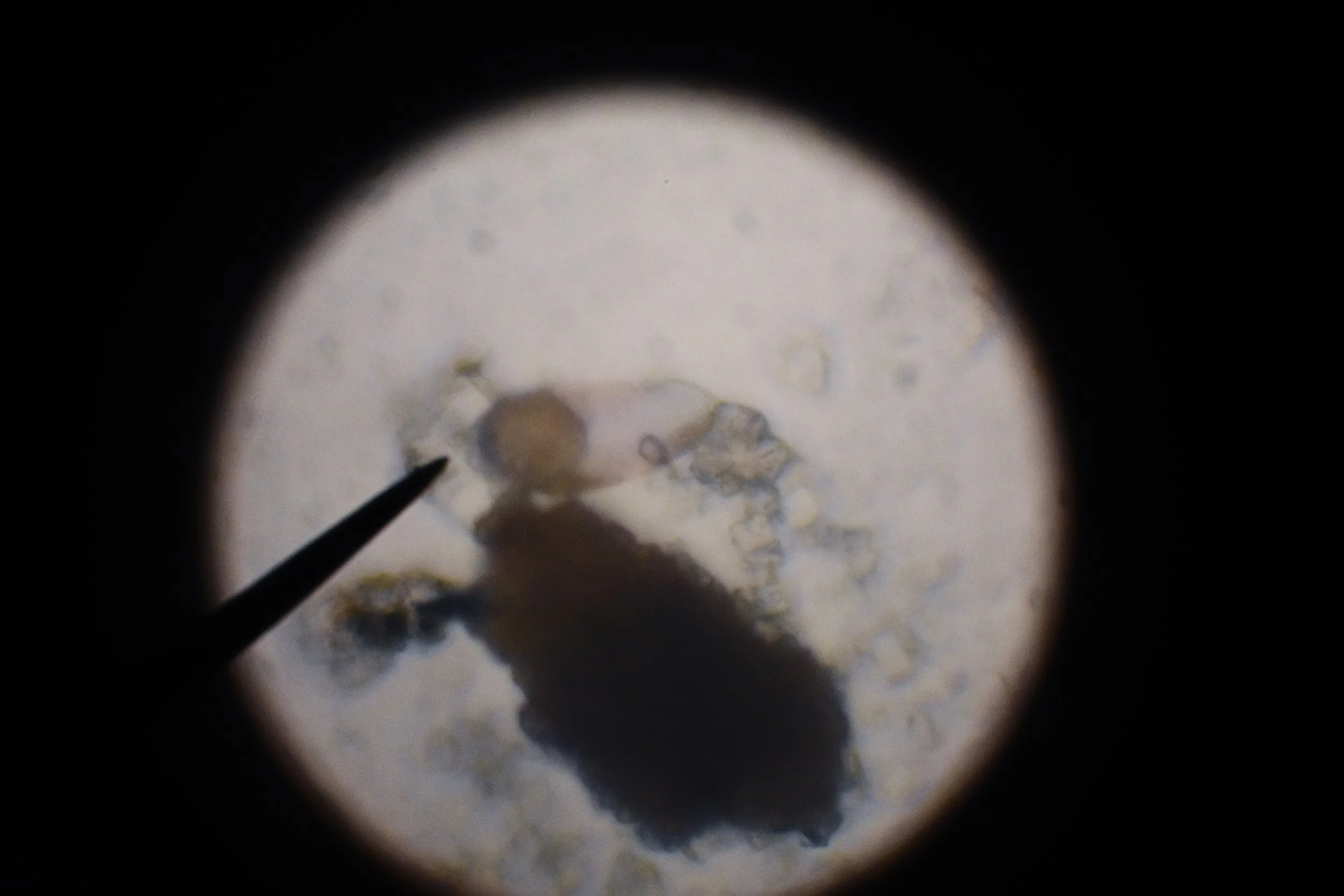Pre-Analysis Sediment & Water Samples
With the last project of Q1 wrapped up, we have begun pre-analysis of sediment and water samples taken from each positive sonar point in the maritime archaeological conservation lab before artifact analysis. This determines the local bacteria and tidal condition chemistry over time affecting the microbiome of each submerged site.
Below, we examine the sulfate-reducing bacteria, Desulfovibrio desulfuricans, which is commonly found in salt and fresh water where decaying organic matter consumes oxygen creating localized anaerobic environments. This is typically observed in estuaries and denser marsh areas along the Cooper River during low tide, when organic deposit is rich with pockets of micro-blooms. The example below features a well defined cell wall structure, and a commonly observed flagellated structure of SRB.
Sea water flowing upstream brings a large supply of sulfates, and under these pre-established localized anaerobic conditions, sulfate-reducing bacteria uses hydrogen as an electron donor to reduce sulfates (SO4)-2 (where sulfates act as terminal electron acceptors) to sulfides (S-2) and hydrogen sulfide (H2S) as a metabolic by-product in the reaction:
H2SO4 + 8H > H2S + 4H2O
This process is called dissimilatory sulfate reduction, and is what causes the discoloration, sulfide staining, and extensive degradation of the pottery examined in our recent recovery (fig. I).
Figure I







